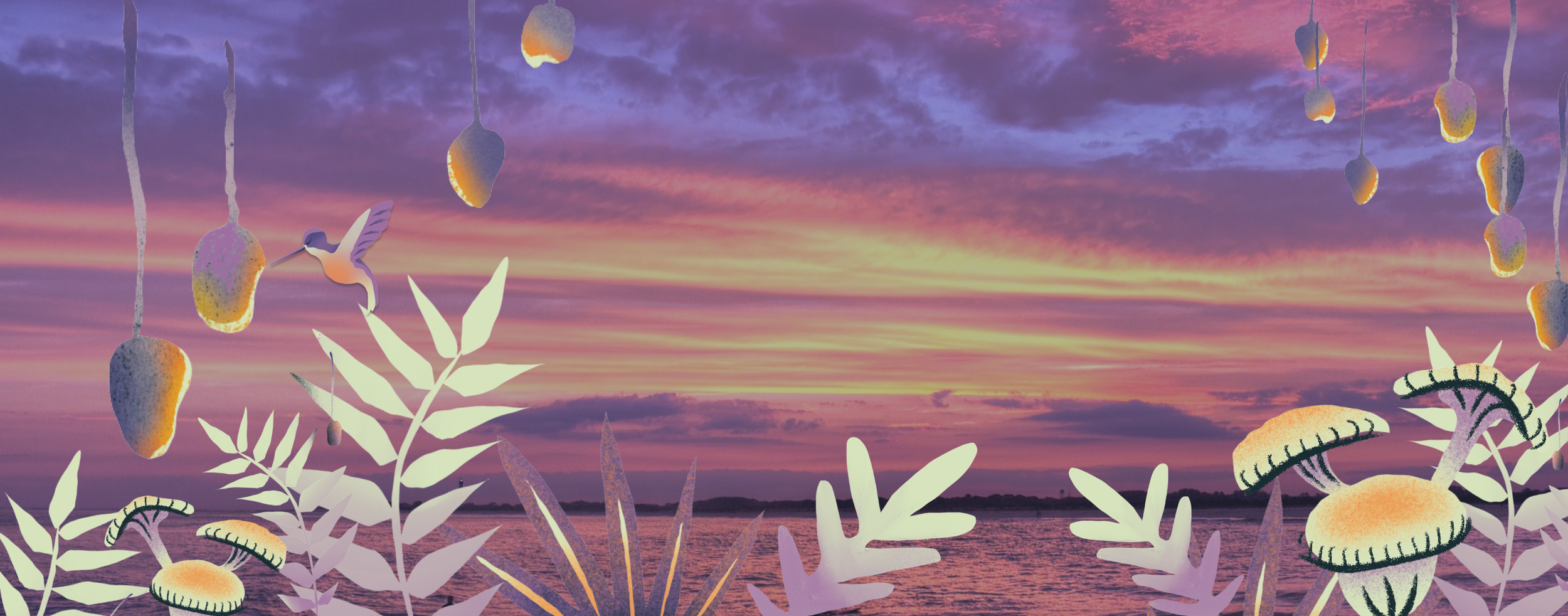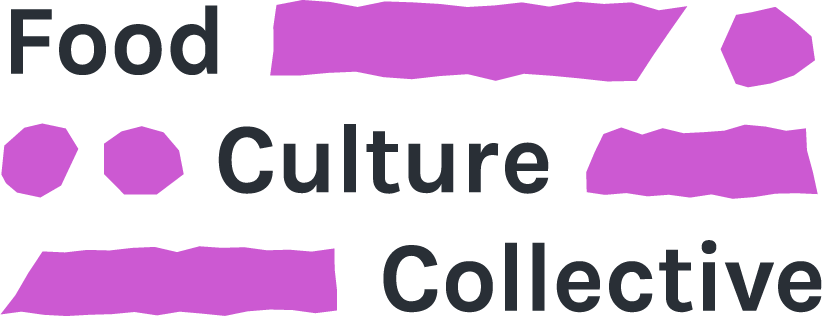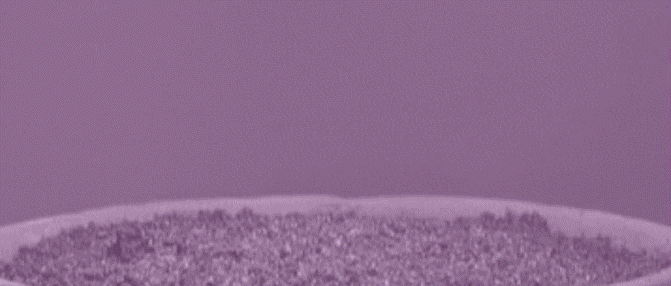
Food Futures
Dream Garden
Glimmers of a future shaped by care for the lands, waters, and peoples who nourish us
Dreams are seeds. Water them, and watch them grow.
We invited storytellers, farmers, organizers, healers, foodmakers, chefs, artists, and culture bearers of all kinds to envision a future shaped by care and mutual belonging in our ongoing Food Futures Dream Labs. Together, our community dreamed and mapped steps we can take today towards that irresistible future.
This Dream Garden is a space to nurture these community dreams, affirm our collective power to grow the world we long for, and inspire more communities to dream together.
Dream Seeds
From the Food Futures Dream Labs
-
The values of collective freedom have flourished and spread… The places we live have been completely reshaped so that all of our infrastructure, homes, and systems now support collective freedom. We’ve recognized that we all belong to the land, and that together we have what we need to flourish...
In 2073 our communities are deeply grounded in collective freedom. What does the place look, feel, sound, smell like?
“No fences, continuity & fluidity in space, village flow”
“Children's laughter”
“There are many generations present at once in the community food forest.”
“Every neighborhood has a "food hub" that includes garden space, a community kitchen, gathering space. It's used for celebrations and sharing.”
What rituals and ceremonies about our collective freedom do people practice? Where do they happen? Why do they happen? What is involved?
“Rituals and ceremonies to grieve and be in celebration together, in the commons, as everyday practice.”
How are we living? What supports our collective freedom? How are homes and neighborhoods, cities and fields, places of collective freedom?
“Commons space for skills sharing”
“Central hubs for gathering, cooking, growing. Public. Accessible. For all.”
How is this community governed to support collective freedom? Who is governing? How are decisions made?
“We recognize the innate power that each of us holds, no matter what our "labor" contributions are.”
“We decide on our collective values which shape our collective decision making.
“Intergenerational councils, including farmers and land stewards, as well as healers and teachers.”
“Land is governing. We listen deeply to their cycles. To their needs. Decisions are made based on the natural cycles, humans included. Decisions are made on a local scale.”
What is our relationship to labor? How does work support collective freedom?
“Labor is rooted in my own agency and love…directly supports those who I am closest to in community. My labor is about tending to cultural lifeways i.e. caring for waters, caring for elders.”
“Rest is built into our days, and instead of coffee breaks we have nap breaks.”
Joy in work without judgement or difference in value across different kinds of labor i.e. harvesting potatoes, resolving conflict, making spreadsheets, caring for children, and healing”
How are young people learning? What are they learning? What environments are we creating to support learning?
“Children are teachers; their innate wisdom is recognized.”
“People are learning how to embody more-than-human ways, i.e. the ways of native plants. all beings are honored.”
“Different ways of learning are honored. Come as you are.”
“instead of formal curriculum, people are learning through active conversations”
How do people relate to each other across generations? How do people relate to more than human beings?
“Play! Play is alive and flourishing. People use play to feel into their own self expression and sovereignty. Young people inspire elders. Elders offer support to young people.”
What resources are stewarded for the collective good? How?
“Relationships, joy, culture, are measured, prioritized, and considered resources.”
How do we navigate tensions, and conflicts of needs? How do we address harm? How do we support all people in their wholeness?
“We practice affirmation, listening, feedback, inquiry. Tensions are named and normalized. Boundaries are affirmed. Councils support individuals to come to clarity.”
How did we get here? What made this future possible? What inflection points took place? What leaps did we make? What made those possible?
“We made our work culture orient to our whole human needs--rest at the center, motherhood, etc”
“We changed how we measured success—we had rest as a metric”
“Stabilizing forces so that people are not desperately tied to their income earning potential that labor is so (i.e. universal income)”
“practice of speaking to your future (to myself, future child, grandchild)”
“When we gather, we gather with deep presence with the lineage that came before us and comes after us. They are a part of the story.”






